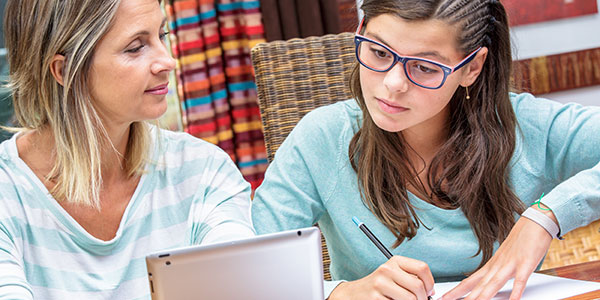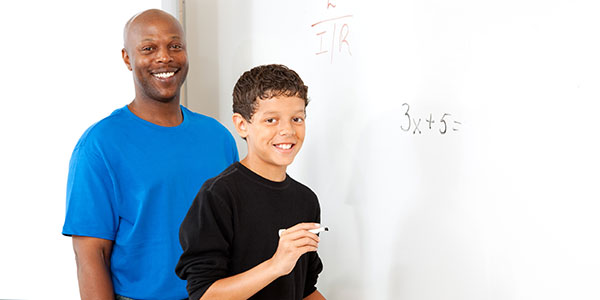Instructional Settings
Instructional settings include 1 on 1, or 1 teacher to one student, small group, where the teacher works with the student plus a couple of their peers and large group, which is more of a whole class setting. The setting is important as educators consider the solutions and lesson plans.

1-1
1:1 ( or 1-to-1) instruction refers to a teaching situation where an educator is working with one student only. The 1:1 instructional setting lends itself well to specific instructional strategies (e.g., video modeling), specific generalization tactics (e.g., contrived mediating stimulus) and specific support strategies (e.g., prompting). Click here to see examples of lesson plans where an educator has chosen to practice generalization of learned social skills in a 1:1 instructional setting.

Small Group

Large Group
Large group instruction refers to a teaching situation where an educator is working with a large group of students, including the student working on social skills. The whole group instructional setting lends itself well to specific instructional strategies (e.g.,direct instruction), specific generalization tactics (e.g., train others to prompt and reinforce) and specific support strategies (e.g., visual supports). Click here to see examples of lesson plans where an educator has chosen to practice generalization of learned social skills in a large group instructional setting.




